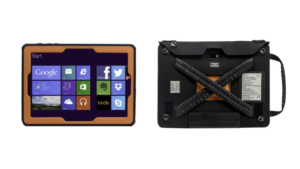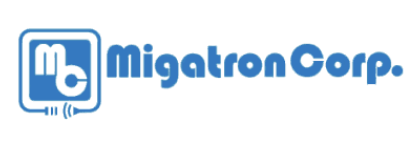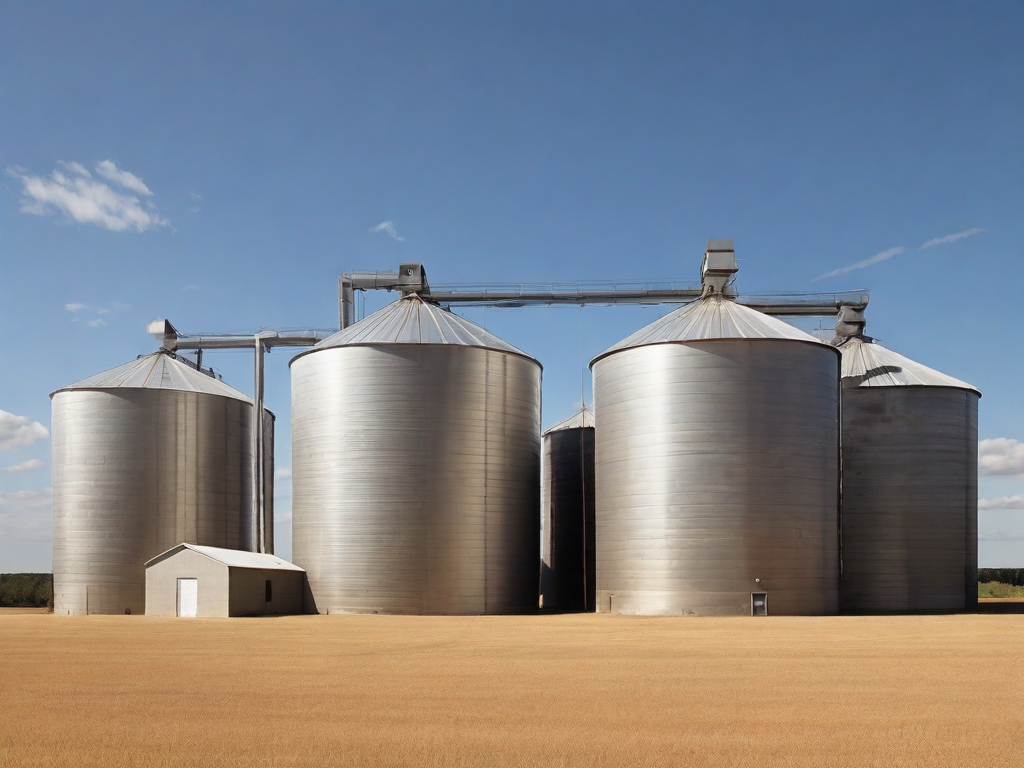Welcome to the Intrinsically Safe Store blog, your go-to resource for understanding the complexities of safety classifications in hazardous environments. We invite you to explore our website and discover our wide range of intrinsically safe products designed to ensure safety in Division 1 and Division 2 classified areas.
Understanding Division Classifications
Before delving into the implications of reclassification, it’s crucial to understand what Division 1 and Division 2 classifications mean. These divisions, defined by the National Electric Code (NEC), categorize hazardous locations based on the presence of flammable gases, vapors, or dust.
- Division 1: This classification applies to areas where hazardous substances are present continuously, intermittently, or during normal operations.
- Division 2: This classification applies to areas where hazardous substances are present only under abnormal conditions, such as a container failure or system breakdown.
Implications of Reclassification
Reclassification from Division 2 to Division 1 has significant implications for businesses operating in these environments. Let’s explore these implications in detail.
Increased Safety Measures
Transitioning to a Division 1 classification necessitates stricter safety measures. Businesses must use intrinsically safe equipment, designed to prevent ignition of hazardous substances. This could mean investing in new equipment or retrofitting existing machinery, both of which can be costly.
Regulatory Compliance
With reclassification comes the need for stricter regulatory compliance. Businesses must adhere to more stringent safety standards and regulations, which may require additional resources and personnel.
Increased Insurance Costs
Operating in a Division 1 environment often leads to higher insurance premiums due to the increased risk of accidents and incidents. Businesses must factor these additional costs into their financial planning.
Case Study: Reclassification in Action
Consider the case of a chemical manufacturing plant that was reclassified from Division 2 to Division 1. The plant had to invest heavily in intrinsically safe equipment, upgrade their safety protocols, and train their staff to comply with the new classification. While the transition was costly and time-consuming, it ultimately led to a safer working environment and reduced the risk of costly accidents.
How Intrinsically Safe Store Can Help
At Intrinsically Safe Store, we understand the challenges that come with reclassification. We offer a wide range of intrinsically safe products designed to meet the stringent safety requirements of Division 1 classified areas. From lighting and communication devices to personal protective equipment, we have everything you need to ensure safety and compliance.

Reclassification from Division 2 to Division 1 carries significant implications, including increased safety measures, stricter regulatory compliance, and higher insurance costs. However, with careful planning and the right resources, businesses can successfully navigate this transition and create a safer working environment. Visit the Intrinsically Safe Store today to explore our range of safety products designed for Division 1 environments.
For more information or personalized advice on navigating your reclassification, don’t hesitate to contact us at Intrinsically Safe Store. We’re here to help you ensure safety and compliance in your hazardous environment.


























